Categories: Featured Articles » Interesting Facts
Number of views: 16654
Comments on the article: 1
Marx generator and its use
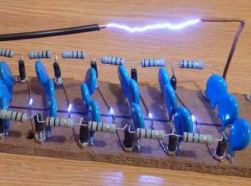 This article is for informational purposes only. The devices described here are potentially life-threatening, so please be careful when using this information.
This article is for informational purposes only. The devices described here are potentially life-threatening, so please be careful when using this information.
A Marx generator is a device for producing high-voltage pulsed discharges, based on the principle of parallel charging several high-voltage capacitors to a high voltage, followed by connecting these charged capacitors to a series circuit, as a result of this addition, a spark electric discharge is obtained at a voltage higher than the voltage of the charging source, in proportion the number of capacitors in the circuit.
Capacitors are charged in parallel through high-resistance (megaohm) resistors, and series connection is made possible by the use of gas (air) arresters or trigatrons.

When the capacitors are charged to a high voltage, the first spark gap is triggered, it acts as a trigger, and sometimes an initiating discharge from an additional source is used to activate it, or its own electrodes are simply brought together for a short time. When the first arrester has tripped, the overvoltage that has arisen in the circuit makes all the other arrester trips immediately, so that a series connection and short circuit through the circuit air charged capacitors.
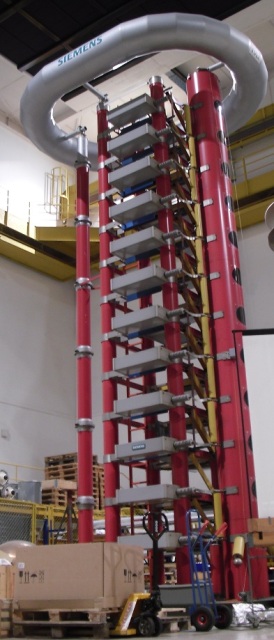
So, using Marx's generators, pulsed discharges with voltages from several tens of kilovolts to tens of megavolts are obtained. The frequency of the generated pulses (discharges) depends on the power of the charging source of high voltage and on the energy in a single pulse.
Typical for Marx generators is the frequency range of the pulses obtained - from a few bits per hour to tens of hertz. The energy of one pulse can be measured in tens of megajoules, or in fractions of a joule, depending on the capacities of the capacitors used and on the voltage received in the pulse.
On the Internet you can find many examples of successful implementations of amateur versions of Marx generators, especially they are popular in the USA and Europe.
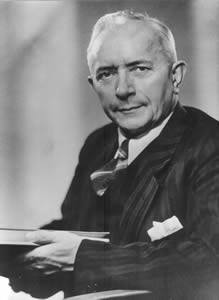
This scheme for producing high voltage pulses was first proposed in 1924 by Edwin Otto Marx (1893-1980) - a German engineer. The inventor built the first model in 1926. In the territory of the former USSR, Marx generators are also called Arkadyev-Marx, or Marx-Arkadyev, and also Arkadyev-Baklin-Marx generators.
The fact is that back in 1914, Vladimir Konstantinovich Arkadiev, together with Nikolai Vasilyevich Baklin, built the first lightning generator in Russia, which worked on the principle of serial connection of capacitors charged in parallel, that is, even before Marx, the principle was mastered in Russia. However, Arkadyev and Baklin connected the capacitors mechanically, and not through discharges, as Marx suggested, 10 years later.
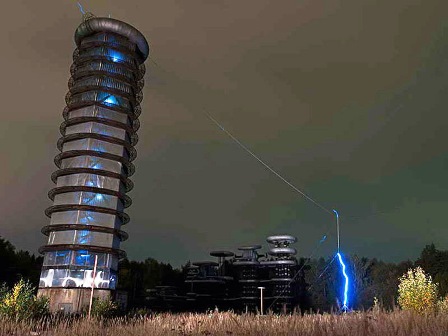
Small laboratory Marx generators with an output voltage of up to 200 kV are air-insulated. More powerful - with vacuum insulation or with gas, for example SF6. Can also be used oil to eliminate leaks due to corona in open areas of conductors.
If vacuum, gas or oil is used, then the generator is usually completely placed in a container filled with oil or in a vacuum sealed chamber, or in a chamber with gas. Often isolate capacitors and resistors, but the arresters lead to air.
As arresters, 100 kilovolt air dischargers and currents up to the mega-ampere, or vacuum dischargers, ignitrons, even hydrogen thyratrons, despite the high cost, can be used.To reduce losses, high-quality chokes are sometimes installed instead of resistors, or liquid resistors are made. Sometimes capacitors are made based on deionized water.
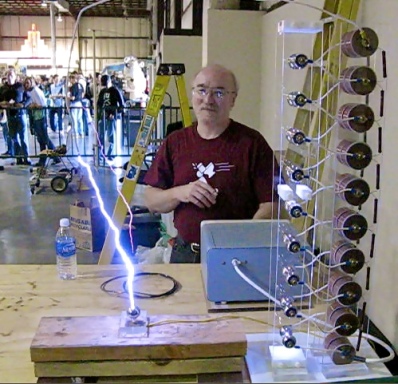
The main disadvantage of the Marx generator, as a source of high voltage pulses, is the need to install a large number of stages of capacitors and, accordingly, switching arresters, and this greatly affects the specific energy characteristics of the structure, mass-dimensional parameters and efficiency.
Why it happens? First of all, during the discharge, losses occur in the dielectric of the capacitors and in the air gaps, in particular, the channel resistance of the main discharge gap is large, and this is the load resistance.
To reduce losses, it is necessary to create conditions for the increased strength of the surrounding gas under pressure by switching spark gaps, use high-quality capacitors, and improve the initiation of the starting breakdown, so that the front turns out steeper.
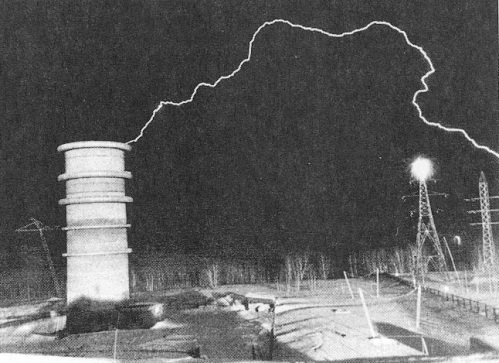
Speaking about the use of high-voltage Marx generators, one cannot but name the research areas in science, of which there are many. A variety of technical tasks require significant currents and high voltages. Back in the days of Igor Vasilievich Kurchatov, Marx generators helped in nuclear research to give high velocities to elementary particles and initiate reactions.
Thanks to Marx's generators, quantum generators are pumped, they study the behavior of plasma and pulsed radiation, build electronic warfare equipment, electro-hydraulically process metals, crush soils and compact concrete mixtures.
Sometimes a pair of Marx generators is combined to obtain a high potential in order to charge relatively capacitive capacitors of a low-stage generator, and thus obtain a relatively low potential, but a long current pulse.
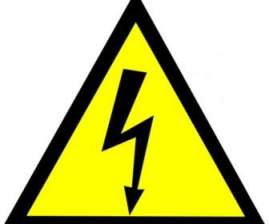
The Marx generator is a deadly device for humans. Without special training, one should not try to build it, it is fraught with injuries and even death. Before touching the Marx generator, make sure all capacitors are discharged. The discharges of the Marx generator are a powerful source of ultraviolet radiation, in addition, they are accompanied by the release of ozone in the air, and ozone is poison. Be careful when working with high surge voltage.
One way or another, on YouTube you will always find many vivid demonstrations at the request of the “Marx generator” and “MARX generator”, where models were used to build polypropylene or ceramic high voltage capacitors.
See also at bgv.electricianexp.com
:
